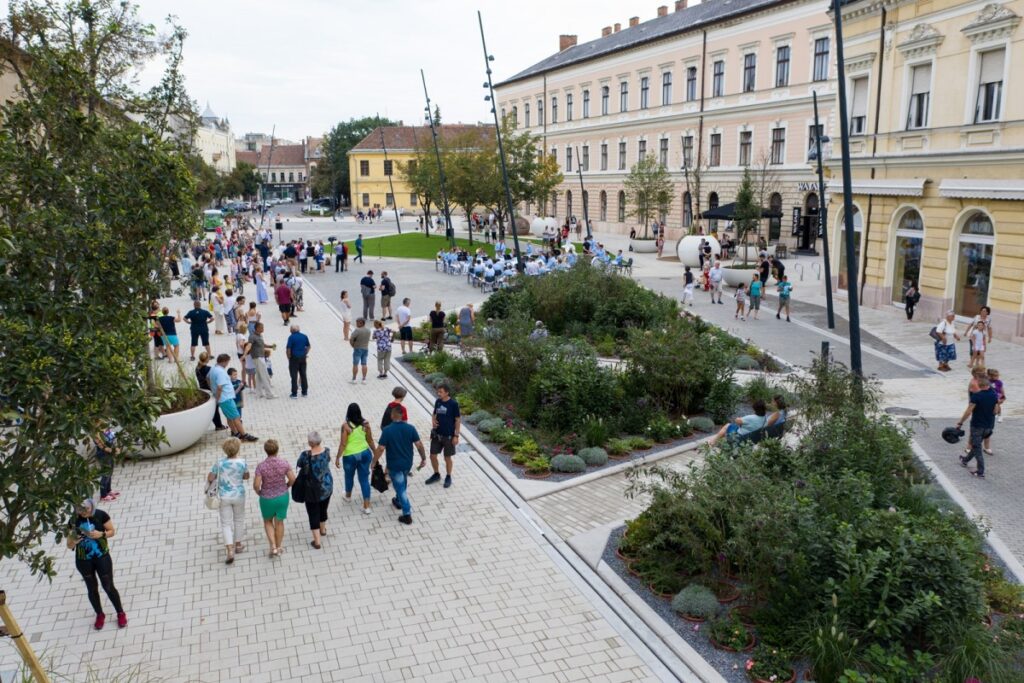There are still many things reminiscent of the glorious Anjou era and the emblematic figures of this era in Debrecen for its citizens. One such memento is the part of the city called Mesterfalva, which was the property of “Mester Dózsa”, from whom today’s Mester Street and Dósa Nádor Square are also often named.

Debrecen was first mentioned in the collection of laws referred to as the Oradea Register of 1235 as Debrezun. Debrecen did not have independence at that time, it was a complex of simple noble estates. Namely, three nobles from the same family, whose names were Rophoin, Peter, and Dózsa.
The owner of two-thirds of Debrecen was Rophoin Ban, yet his most important lord was Dózsa, who was a defining figure not only in the life of the city, but also in the life of the whole country.
Debreceni Dózsa I who lived from 1291 to 1322 was one of the main followers and confidants of Károly Róbert. His importance was shown by the fact that he was also a palatine, a judge from Transylvania, Bihar, Szabolcs, Szolnok, Szatmár and Kraszna.
Dózsa was initially a believer in Prince Otto, during the turbulent times after the extinction of the Árpád House. In the spring of 1307 Ottó donated property to the Dózsa family, namely the city Elepe in Szabolcs County. Otto’s decision may have been due to the fact that the Dózsa family was related to one of the most important supporters of the Bavarian prince, the Borsa family.
According to many, Dózsa was already a follower of Károly at that time. Back in 1311 he received the Páth estate in Pest county, and then he received a number of other estates from the king. In 1312, in the battle of Rozgony, which was crucial in the liquidation of the oligarchs, he became one of the leaders of Károly Dózsa’s armies. After the victorious battle, the Dózsa family got even closer to the king. They managed to get into the most confidential, innermost circles. The king became the godfather of one of his children, James Debreceni.
In 1317, Dózsa was commissioned to defeat his relative, the rebellious Borsa. The parties clashed in the center of the Dózsa family estates, in Debrecen, presumably near today’s Tócó stream. After the battle, Dózsa sent nine severed heads and two looted military flags to the king.
Dózsa was not an uneducated uncarved landlord. He was often called “Mester Dózsa”, since he had a master’s degree from one of the Italian universities.
The Dózsa estate was standing in the center of Debrecen, on the site of today’s Kálvin square, Csapó street and Vár street. It was a fortified manor house rather than a fortress.
The Dózsa nádor square always played and still plays a great role in the life of the citizens. As part of the Debrecen 2030 program, a new pedestrian zone was inaugurated in the city center on 15th August 2020. The development was completed in seven months as planned, within the framework timetable. Approximately an 11 thousand square metre surface area was renewed in Dósa nádor tér as well as a section of Csapó utca which greatly increasing the green area as well.